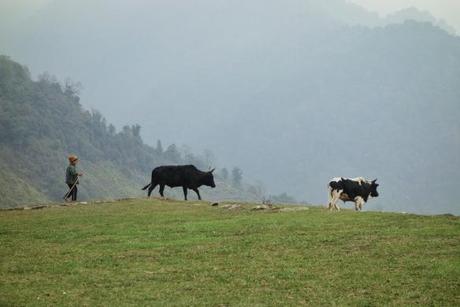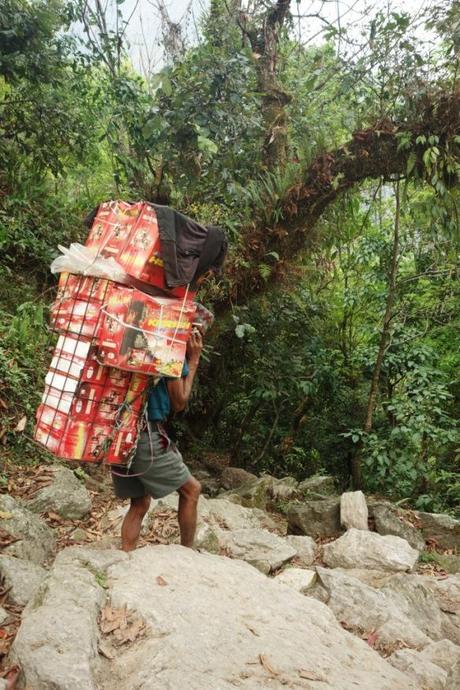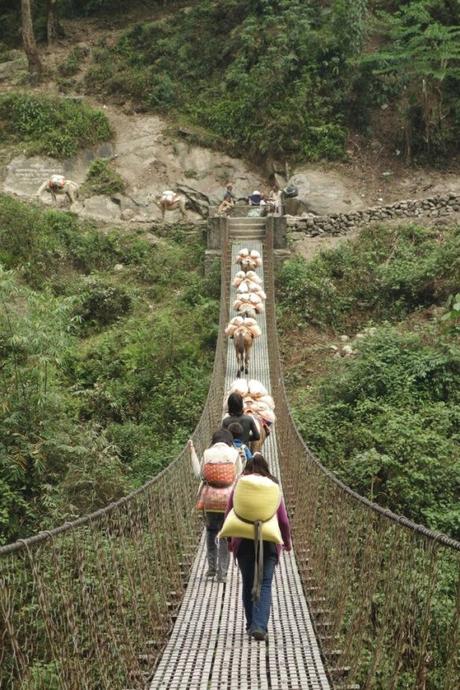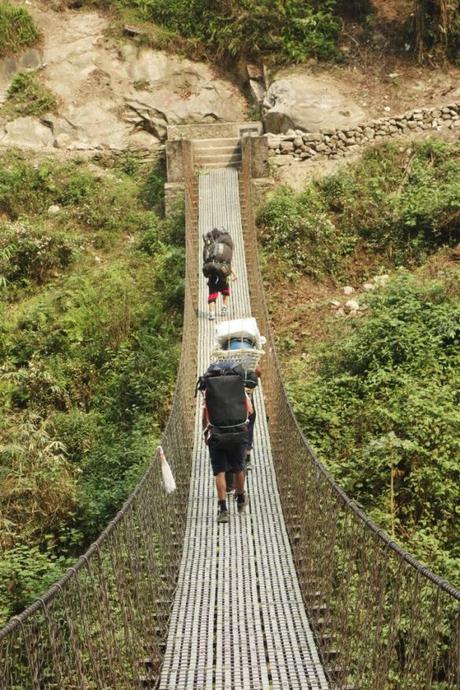“To live is the rarest thing in the world. Most people exist. That is all.”

We met many interesting people on the trail, climbers with more porters and guides than we could count, locals ferrying loads of clothes and soups into remote villages, and packs of donkeys being whipped along by boys no older than ten.
We sat beside a bridge to make lunch one day and here is who we saw walk by.




85 percent of foreigners who come to this area are climbers, and most of the trekkers who attempt this route every year are with guides and porters. Every person we passed asked us where ours were, so we would jokingly answer that I was the porter and Kevin was the guide which gave the locals a good chuckle.
It was interesting to briefly chat with the climbers we met along the way, many of whom were “professional” high altitude climbers who had already summited many of the 8,000ers. Though we met a few climbers on their own (not actually on their own, but without an agency… they hired their own porters and guides) we also met a large and very expansive expedition where absolutely every logistic was taken care of for the climbers. Of course, the climb would still be a physically enduring feat in itself, but as Kevin and I watched them progress to base camp (taking a helicopter for parts just because they could) their life seemed to be luxurious and simple, and I would be lying if at times Kevin and I weren’t jealous of all their western foods and cooks. At the same time, neither of us would feel right partaking in an expedition such as the one we saw because as the westerns hiked with just a small light daypack, their porters carried all of their gear. In our opinion, if you aren’t going to carry your fair share of gear and cook for yourself, you aren’t fully completing the expedition.
